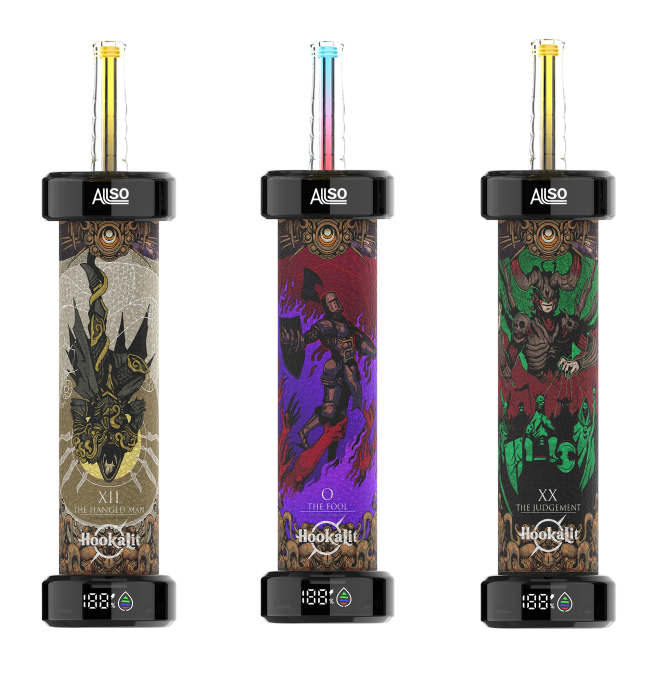What is in e-liquids?
2022-01-19
It's important to note that at this time the FDA has not evaluated any of the e-liquids on the market and does not regulate these products. The FDA requires that vape manufacturers disclose ingredients in e-liquids, but not the harmful carcinogens in the heated vapor. The FDA is currently considering significant restrictions on flavored e-liquids.
In a liquid form, the most common e-liquid ingredients are nicotine and flavorings. The flavorings themselves often include propylene glycol and glycerin, ingredients generally viewed as safe when used in food, though the long-term effects of inhaling these substances is unknown. Flavorings also may contain diacetyl, which is most commonly used to create the buttery flavor in popcorn. When inhaled, this substance is linked to obstructive lung disease and a condition known as popcorn lung, which damages the lungs' airways and causes shortness of breath and dry coughing.
When the e-liquid is heated to create a vapor, toxic chemicals are formed, including likely carcinogens formaldehyde and acetaldehyde, as well as acrolein, which can damage the lungs and contribute to heart disease. Additionally, small particles of toxic metals like tin, nickel, cadmium, lead, and mercury have been discovered in the aerosol given off by vaping.























































